Decorative garden ponds have been an element of the improvement of recreation areas since ancient times, remaining popular today. Such ponds are usually decorated with shore dumps and plants, imitating a natural reservoir, and sometimes live fish are also added. In this article, we will talk about plants, which are planted near the pond or directly into the water.
Features of the design of reservoirs
Usually artificial reservoirs in private houses and dachas have an area from 0.5 m2 to 5-6 m2 with a depth of 30 cm to 1.5 m. What technologies are not used! Ponds are created with waterproofing and an earthen bottom, using plastic containers and bathtubs. Mini ponds are created in barrels, baths, troughs. It all depends on the area of \u200b\u200bthe site and your imagination.
To give the pond a natural naturalness, natural materials are used - various types of stones: basalt, granite, gabrodiabase, sandstone, quartz, beautiful driftwood, crushed stone of different colors and fractions, pebbles, shells.
And, of course, we use plants that will give completeness and originality to our decorative pond.
Plants that can be planted around a pond come in a variety of plant forms: trees, shrubs, herbs, and flowers.
Trees should be planted away from the edge of the pond so as not to contaminate it with foliage and needles and to prevent clogging of equipment that may be installed to aerate ponds. In addition, the foliage settling to the bottom rots and emits poisonous gases that can inhibit plants planted in water, aquatic animals and fish.
Trees are located singly or in small groups, various shrubs are planted in front of them, and herbaceous plants are placed near the water itself. Don't plant a lot of the same plants along the coast, this will add monotony to your landscape. Do not clutter up the entire space around the pond with plants, keep a view of the water surface and the opposite bank.
Of particular importance in the design of an ornamental pond are aquatic plants that are planted directly in the pond. They should occupy a small area of the water mirror and stand out on it as a clear spot. It is not recommended to plant more than 2-3 types of plants in one group.
Deciduous trees for coastal plantings
Shrubs for planting near the water
Let's move on to shrubs. For planting in the ground from shrubs are suitable:
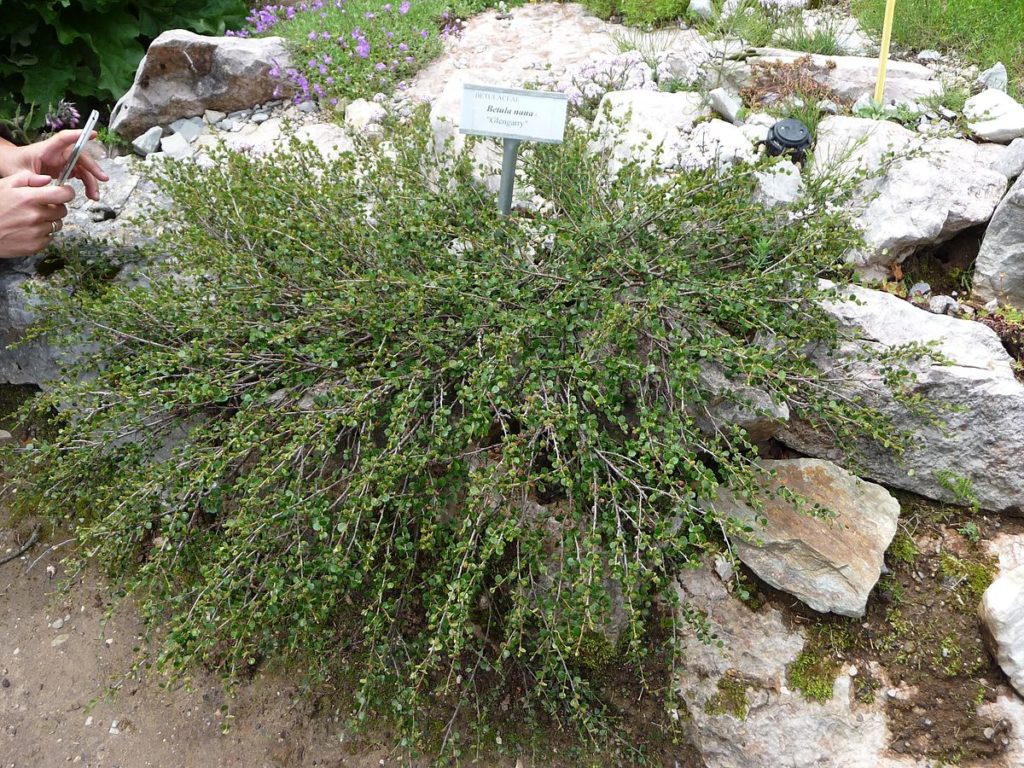
Herbs and flowers for coastal plantings
Herbs and flowers suitable for planting near a pond have a wide variety of species. It is better to limit the planting sites of one type of plant. This is especially true for cereals. Cereal grasses have creeping rhizomes and, if they are not limited, will quickly capture the entire free surface, displacing weaker neighbors.
Herbs and flowers look beautiful in niches between stones.
Let's list coastal grasses.
- Sedge Morrova, varieties: "Variegata", "Ice Dance". Height above water surface: 20-30 cm. Planting depth in water: 0 cm. Prefers shady, moderately warm places. The soil should be moist, with humus. In winter, they are kept indoors at t 4-6 * c.
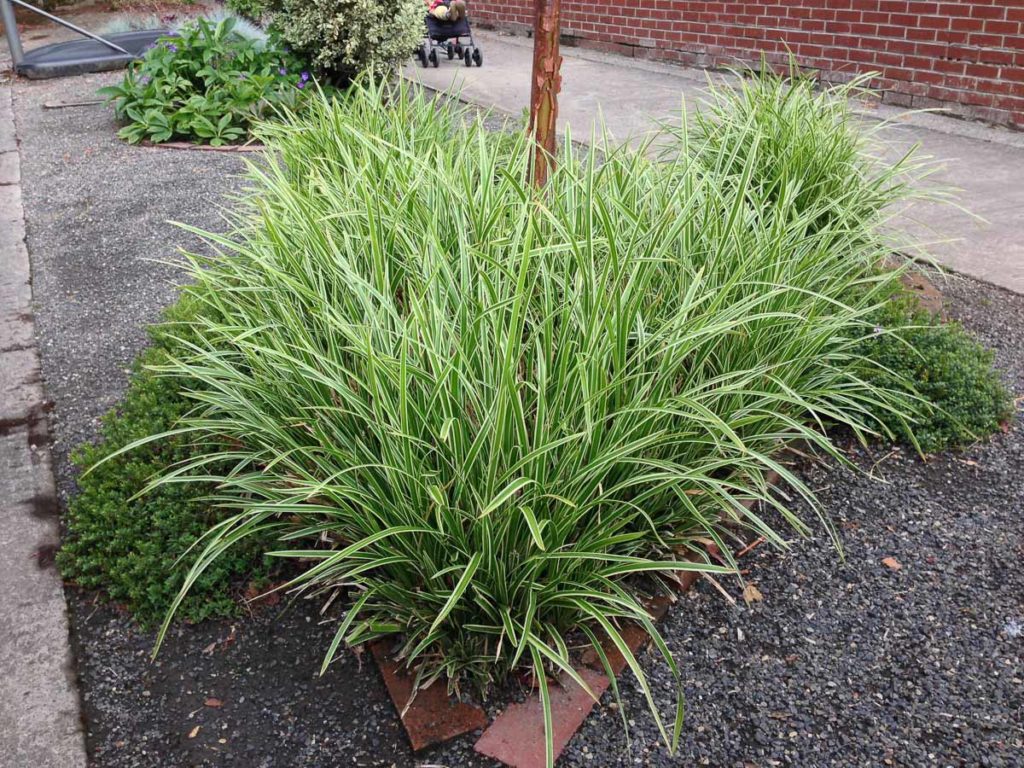
- Miscanthus Chinese, varieties: "Gold Bar", "Gracilimus", "Graziella", "Silberfeder", "Strictus", "Zebrinus". Decorative strongly growing grass, height from 0.5 to 2 m. Very beautiful panicles keep until winter. Soils are constantly wet. Young plants are best covered for the winter. Planting no more than 3 pieces per 1 m2.
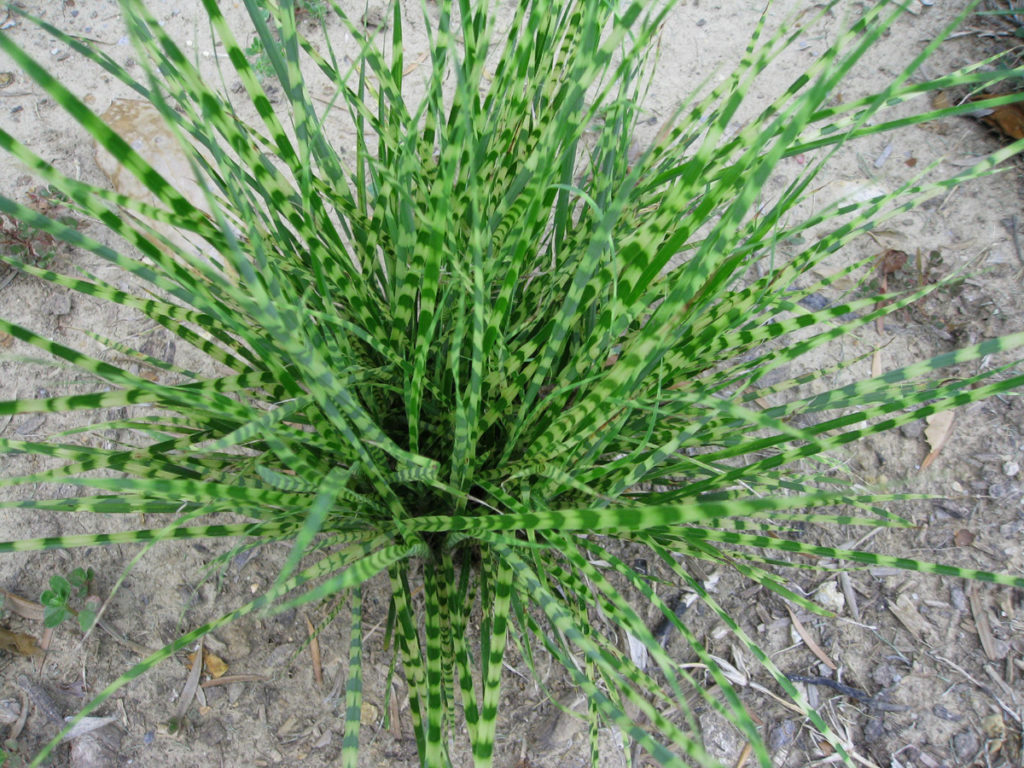
- Lightning blue "Variegata". Forms lush bushes with striped leaves, height up to 60 cm. For moist, acidic soils. Up to 10 pieces per 1m2.
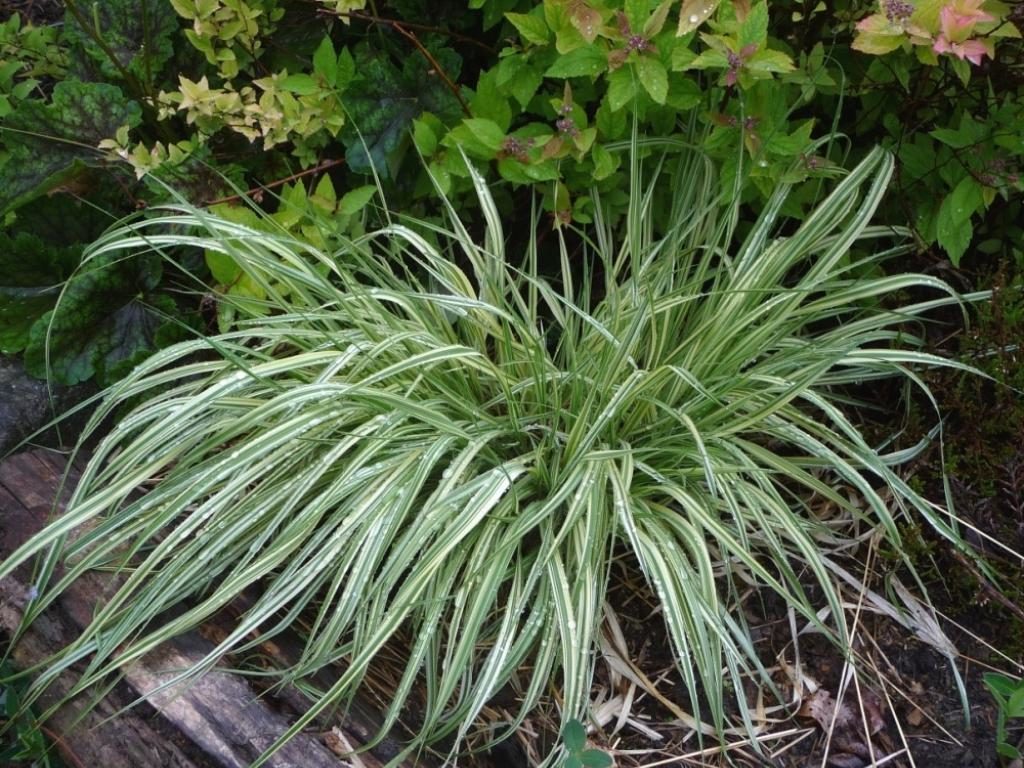
- Laxmann's cattail and broad-leaved cattail "Variegata". Planting depth in water: from 0 to 40 cm. Height above water: 80-150 cm. They love the sun. It is better to plant in a container, in heavy clay soil. Winters at the landing site.
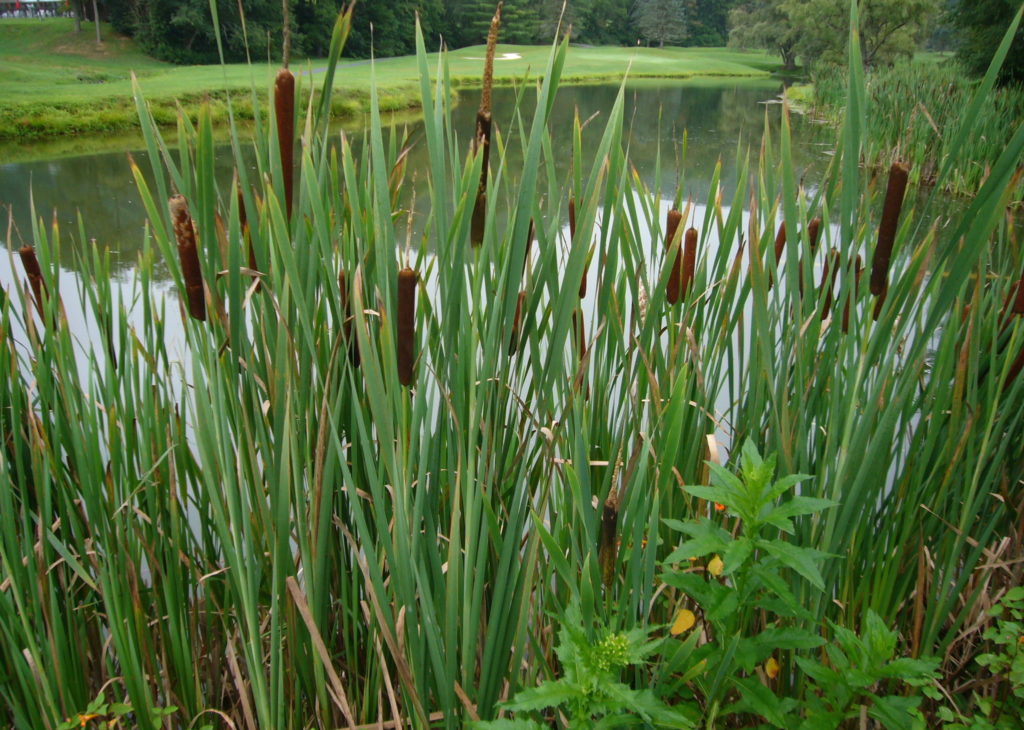
- Sitnik spreading "Spiralis". Planting depth in water 0-10 cm, height above water 40-60 cm. Light-requiring. If it hibernates in a container, lower it below freezing level.
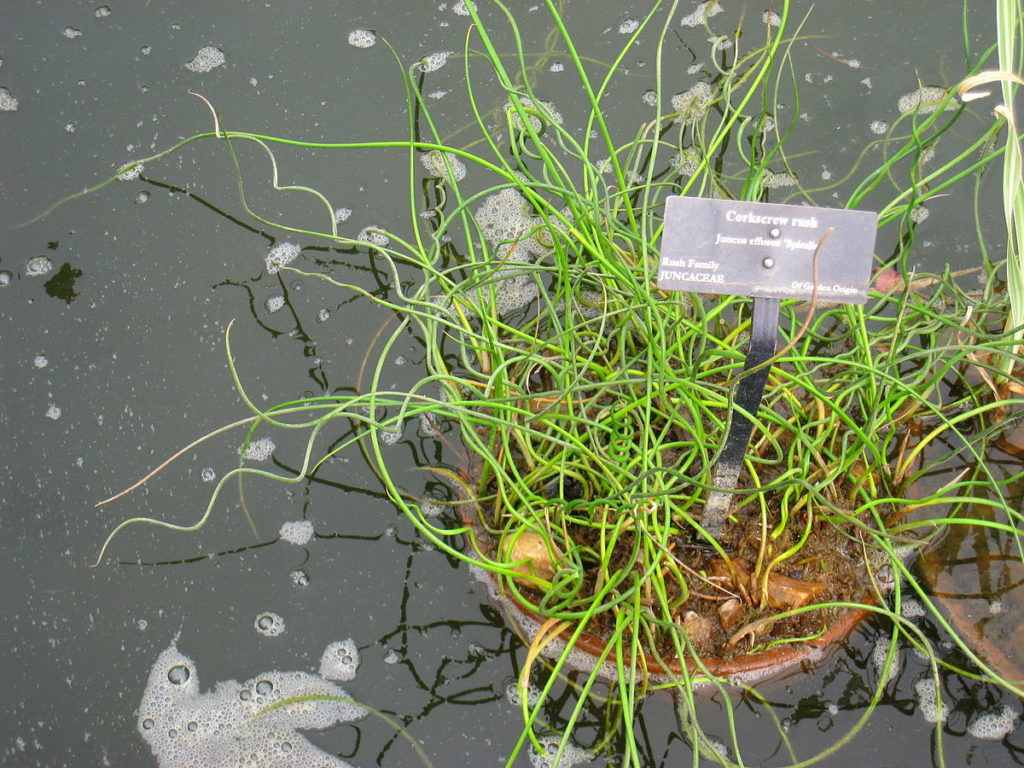
- Horsetail reed. Planting depth in water: 0-5 cm, height above water: 20-30 cm. Suitable for marsh gardens and mini ponds. Sunny place or partial shade. Grows slowly. If it grows in a container, it is added dropwise in the garden for the winter.
- Water pine. Landing depth in water: 0-60 cm, height above water 20-30 cm. Unpretentious. When planting in a container, move to a depth for the winter.
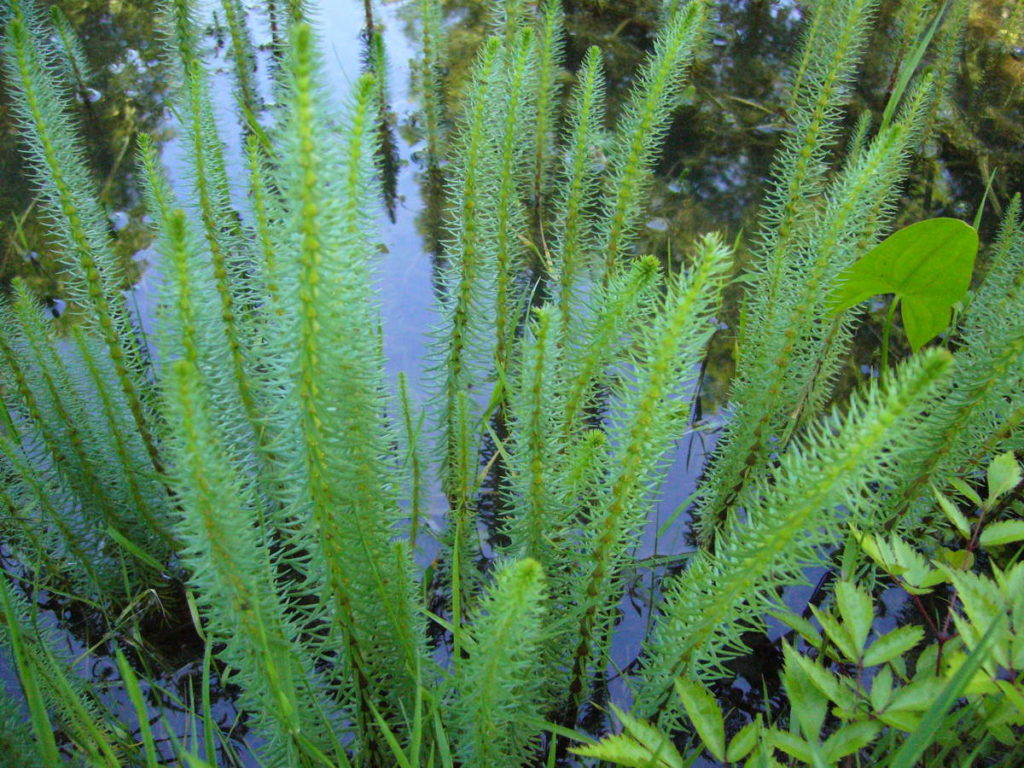
It is best to grow all coastal aquatic plants in containers to limit their growth and protect waterproofing from the roots, if available at the bottom of the reservoir.
It is better not to cut grasses before winter, their foliage and peduncles are decorative under the snow. Pruning is carried out in early spring, after the snow has melted.
The decoration of the shore of the garden pond with ferns looks picturesque - provided that the reservoir is located in the shade or partial shade. Planted from ferns:
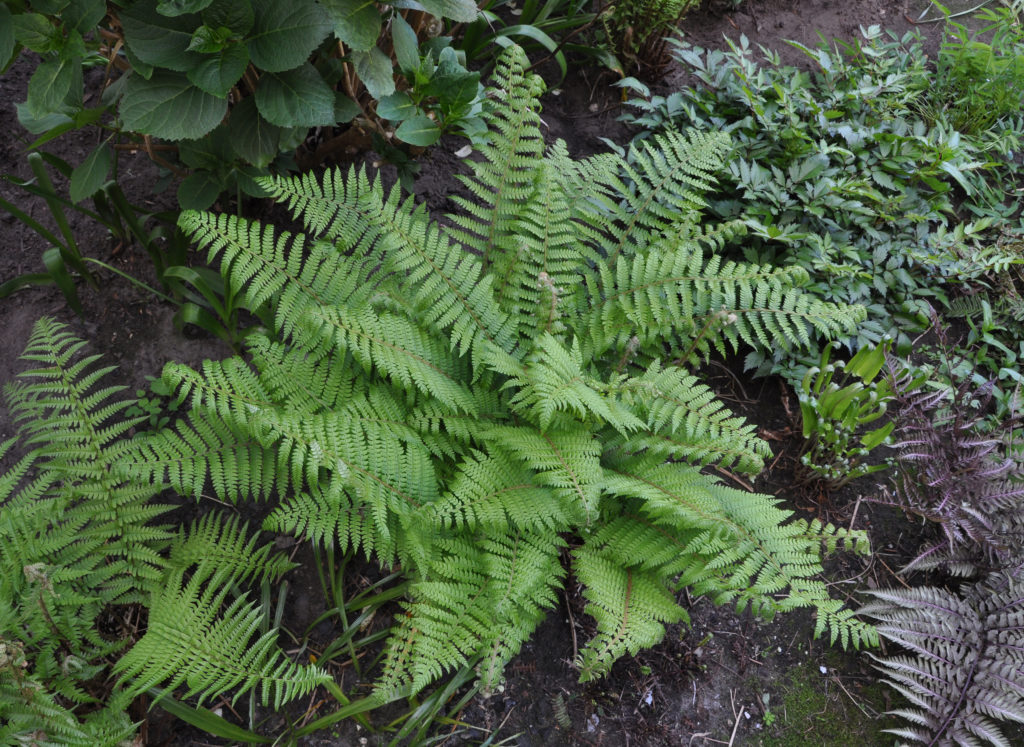
Now let's list some flowers. Some flowers can also be planted directly into the water in a container.
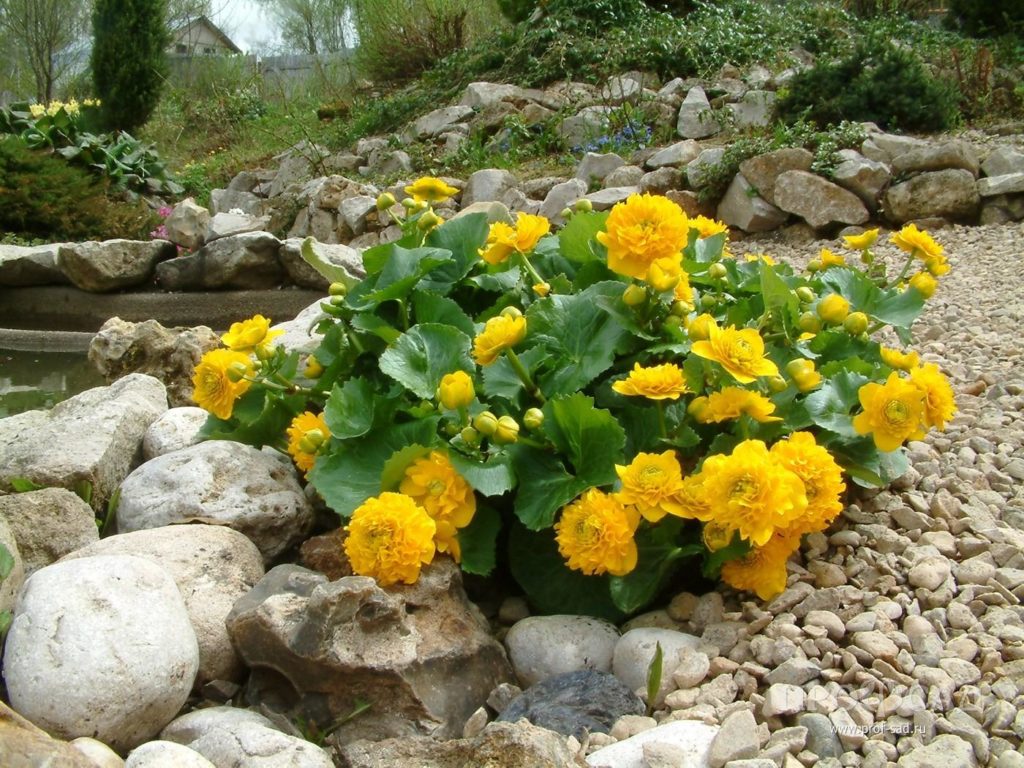
Planting flowers and herbaceous plants is carried out in loose, permeable soil.
Aquatic plants for planting in the pond
Of the aquatic plants, water lilies are the most common, they are also nymphs or water lilies. In small ornamental ponds, water lilies are grown in containers that are submerged to a depth specific to the variety. Water lilies bloom from June until cold weather. For abundant flowering, water lilies are planted in sunny and sheltered places.
Currently, a large number of varieties of water lilies have been bred, differing in color and size of flowers, leaves, and frost resistance. The most beautiful varieties: "Attraction", "Fabiola", "Gonnere", "Rose Arey", "Chromatella".
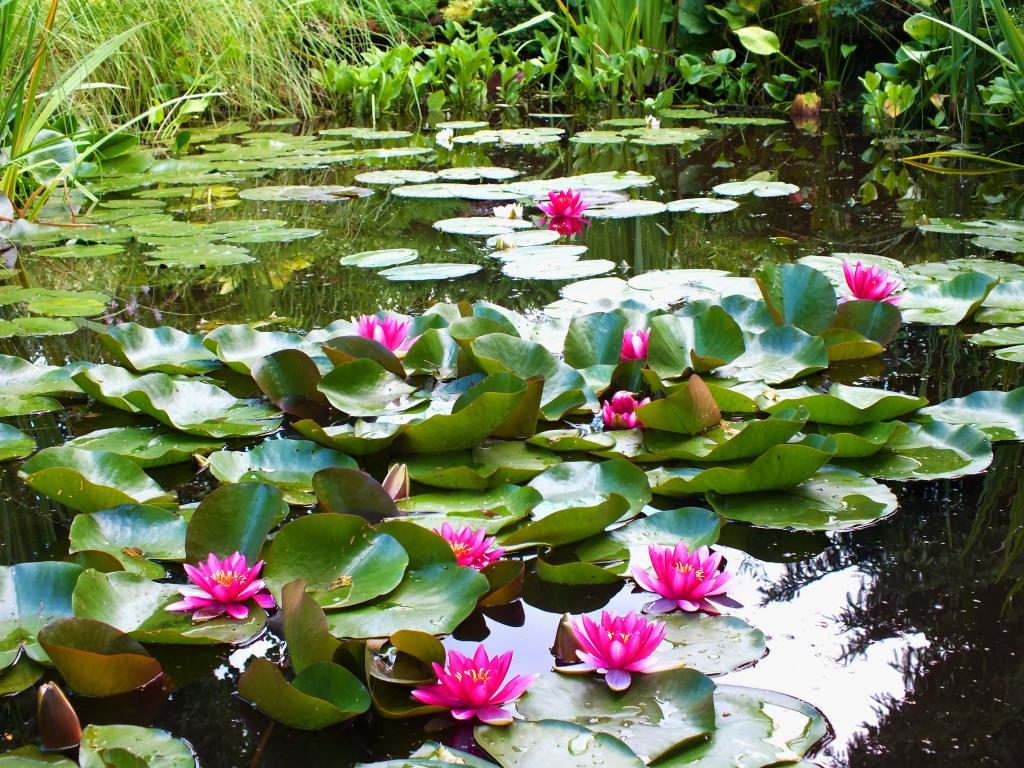
In addition to water lilies, in the pond you can plant a shield-leaved nymphaeum, a water buttercup, and in the southern regions - a Caspian lotus. In the northern regions, the lotus is kept in ponds only in the summer. For the winter, the rhizomes are taken out and stored in wet sand, in the cellar.
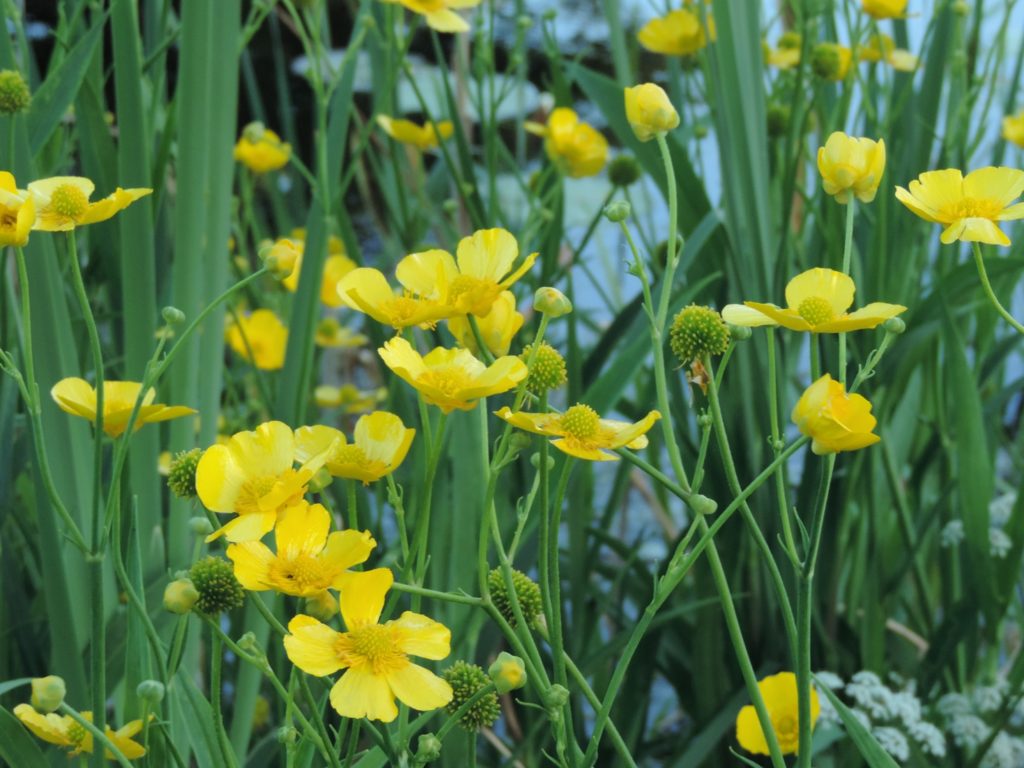
If yours has a depth of less than 1.5 m, then it is also better to take out water lilies and store them in the basement. To do this, a container with roots is placed in a container of water to cover the soil in the container. Other plants grown in containers in shallow water are also preserved.
Usually, aquatic plants are sold in small shipping containers, so it is best to transplant them before planting in water. For planting, we take a container 10-15 cm larger than the shipping one, always with drainage holes. We lay a small layer of expanded clay on the bottom and fill it with heavy clay. Clay can be used from any natural pond, swamp or quarry. We transplant the rhizome into clay, and rinse well with water to wash off the dusty particles of the earth. You can sew the container into a burlap, then the water is practically not polluted. After that, we lower the container to a depth corresponding to the type of plant.
Fertilizers for nymphs are used in the spring, before immersion in water. All of them have a prolonged action, so they are applied once a season. For example - Osmokot. If your garden pond has an earthen bottom, you can plant water lilies directly into the ground, as long as you choose a variety that matches the depth of your pond. After planting the rhizome, it must be crushed with rubble so that it does not surface. Fertilizer is applied to the hole at planting.
Care of aquatic and coastal plants consists in the timely cleaning of decayed, dried leaves and peduncles in order to exclude fungal diseases.
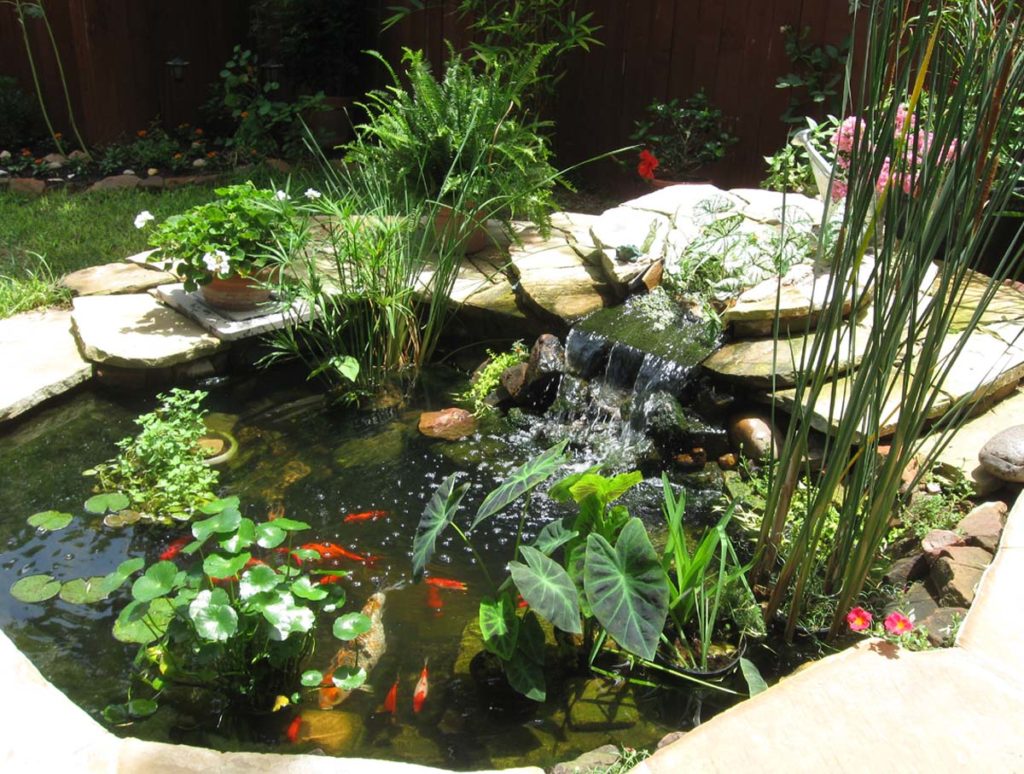
Conclusion
We hope that this article will help you create a cozy relaxation area next to a pond. And may it please you and inspire your friends to achieve!
